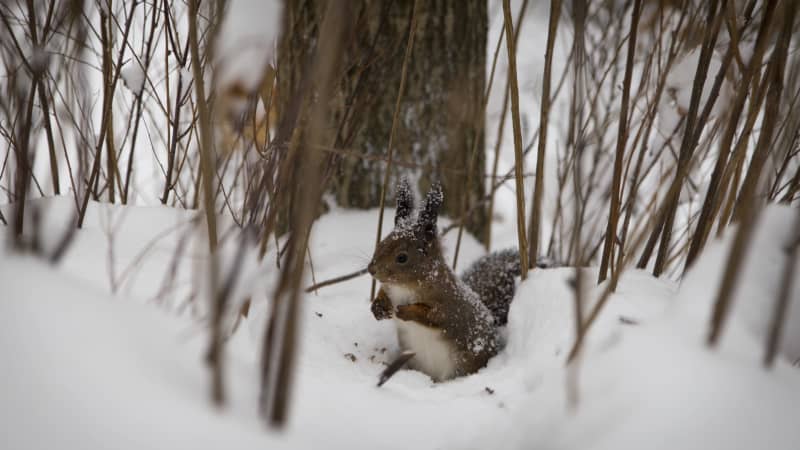
The number of small mammals in the forests has fallen clearly in this millennium, according to the monitoring of the Natural Resource Center.
The squirrel population has collapsed by half in almost the entire country, says Luonnonvarakeskus.
According to post-snow calculations made at the beginning of the year, the stock has dropped by half in North Karelia compared to the previous year. In Pohjois-Savo, the decline is 43 percent.
According to the Norwegian Natural Resources Agency, the collapse of the population was expected, because last winter the squirrel had a peak year due to a good spruce seed harvest.\n A large annual variation is typical for a squirrel.
However, during the 35-year follow-up period, the squirrel population has declined by about a third. Climate change is thought to be the cause, although its exact mechanism of action is unknown.
Hare populations grew
Forest hare populations are at a better level in North Karelia and North Savo than in recent years.
Based on post-snow counts, the hare population in North Karelia has increased by 19 percent from the previous year. In Pohjois-Savo, the growth was 16 percent. The stock is well above the five-year average in both provinces.
Strong stock fluctuations are typical for the hare. In the longer term, however, hare populations have declined on average throughout the country.
Forest hares are threatened by, among other things, climate change, which means that the snow cover will come later and later. A hare that has changed to white winter fur is easy prey in the autumn forest.
Rusakko has increased
Populations of most other small mammals living in forests have also fallen clearly during the 35-year monitoring period. Snowflake’s stock has dropped to the third and the fly’s to the sixth. Näädä’s population has decreased in the south, but increased in the north.
The otter population, which was protected from hunting in the 1970s, grew into the 2000s and is currently stable. The rusakko population has increased up to 25 times during the monitoring period.
The reason for the decline in populations is, among other things, climate change, changes in the structure of the forest landscape, and competition with species spreading from the south.
The populations of mammals are monitored by snow footprint counts made by volunteers, usually hunters. In them, a triangle with a side of four kilometers is rotated on the terrain. In arable land, the side is two kilometers. Tracks of different animals are counted along the traveled distance.
A total of 739 triangles were traveled throughout the country in January-February.
